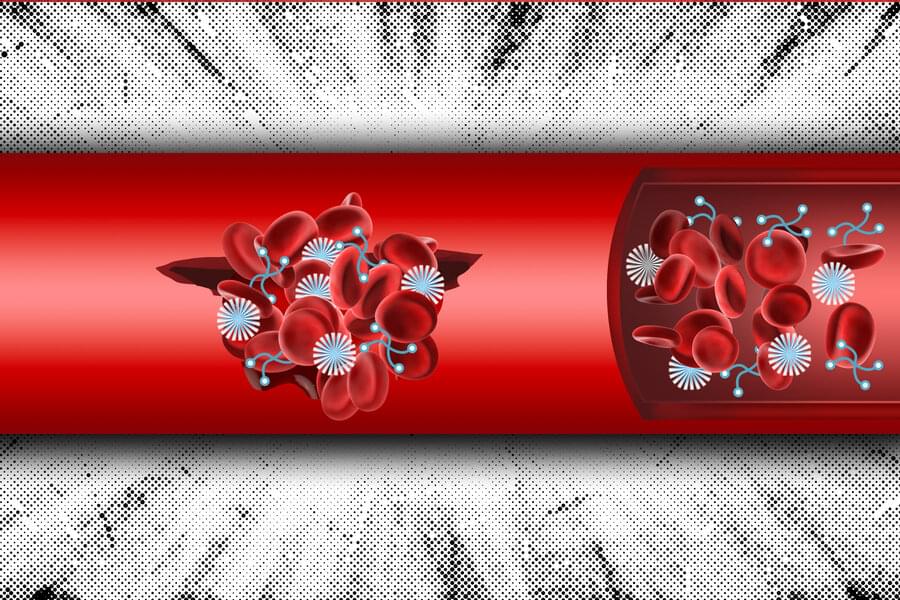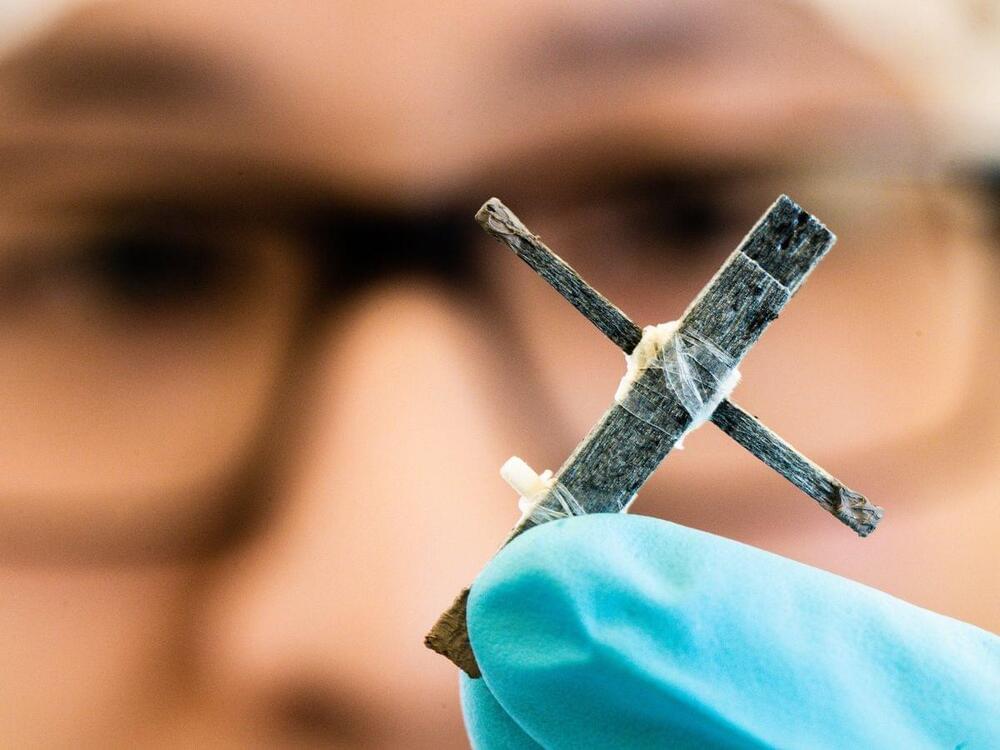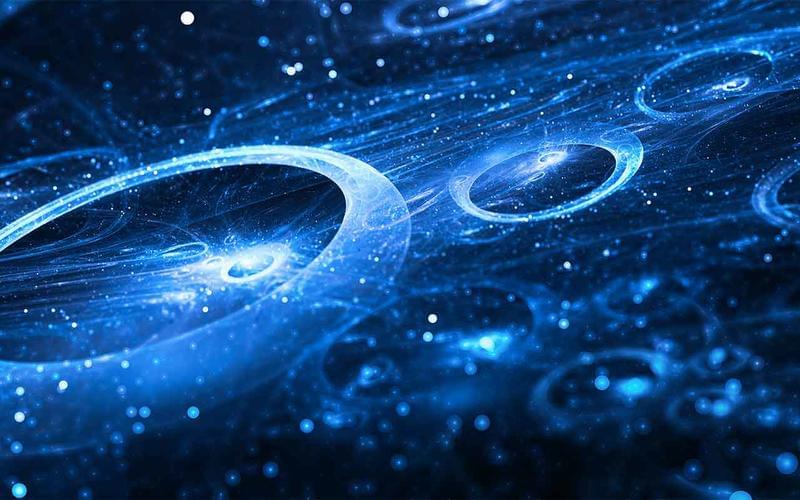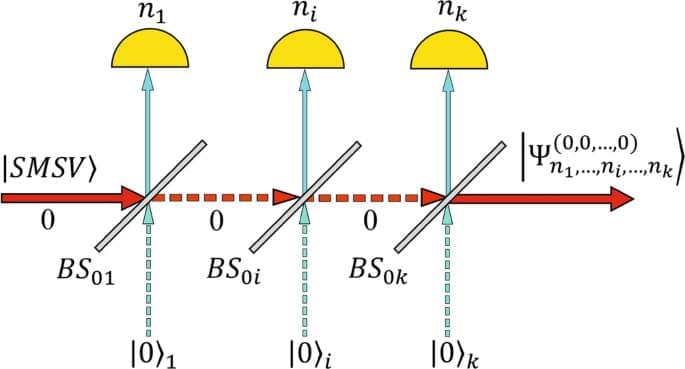Advancing Nuclear Energy Science And Technology For U.S. Energy, Environmental And Economic Needs — Dr. Katy Huff, Ph.D. — Assistant Secretary, U.S. Department of Energy Office of Nuclear Energy, U.S. Department of Energy.
Dr. Kathryn Huff, Ph.D. (https://www.energy.gov/ne/person/dr-kathryn-huff) is Assistant Secretary, Office of Nuclear Energy, U.S. Department of Energy, where she leads their strategic mission to advance nuclear energy science and technology to meet U.S. energy, environmental, and economic needs, both realizing the potential of advanced technology, and leveraging the unique role of the government in spurring innovation.
Prior to her current role, Dr. Huff served as a Senior Advisor in the Office of the Secretary and also led the office as the Principal Deputy Assistant Secretary for Nuclear Energy.
Before joining the Department of Energy, Dr. Huff was an Assistant Professor in the Department of Nuclear, Plasma, and Radiological Engineering at the University of Illinois at Urbana-Champaign where she led the Advanced Reactors and Fuel Cycles Research Group. She was also a Blue Waters Assistant Professor with the National Center for Supercomputing Applications.
Dr. Huff was previously a Postdoctoral Fellow in both the Nuclear Science and Security Consortium and the Berkeley Institute for Data Science at the University of California — Berkeley. She received her PhD in Nuclear Engineering from the University of Wisconsin-Madison and her undergraduate degree in Physics from the University of Chicago. Her research focused on modeling and simulation of advanced nuclear reactors and fuel cycles.








